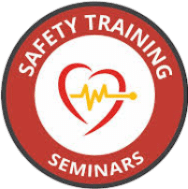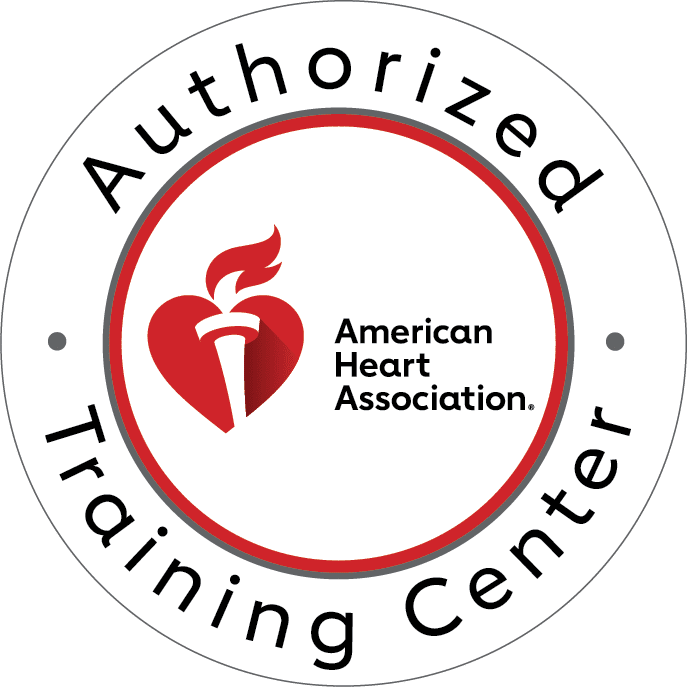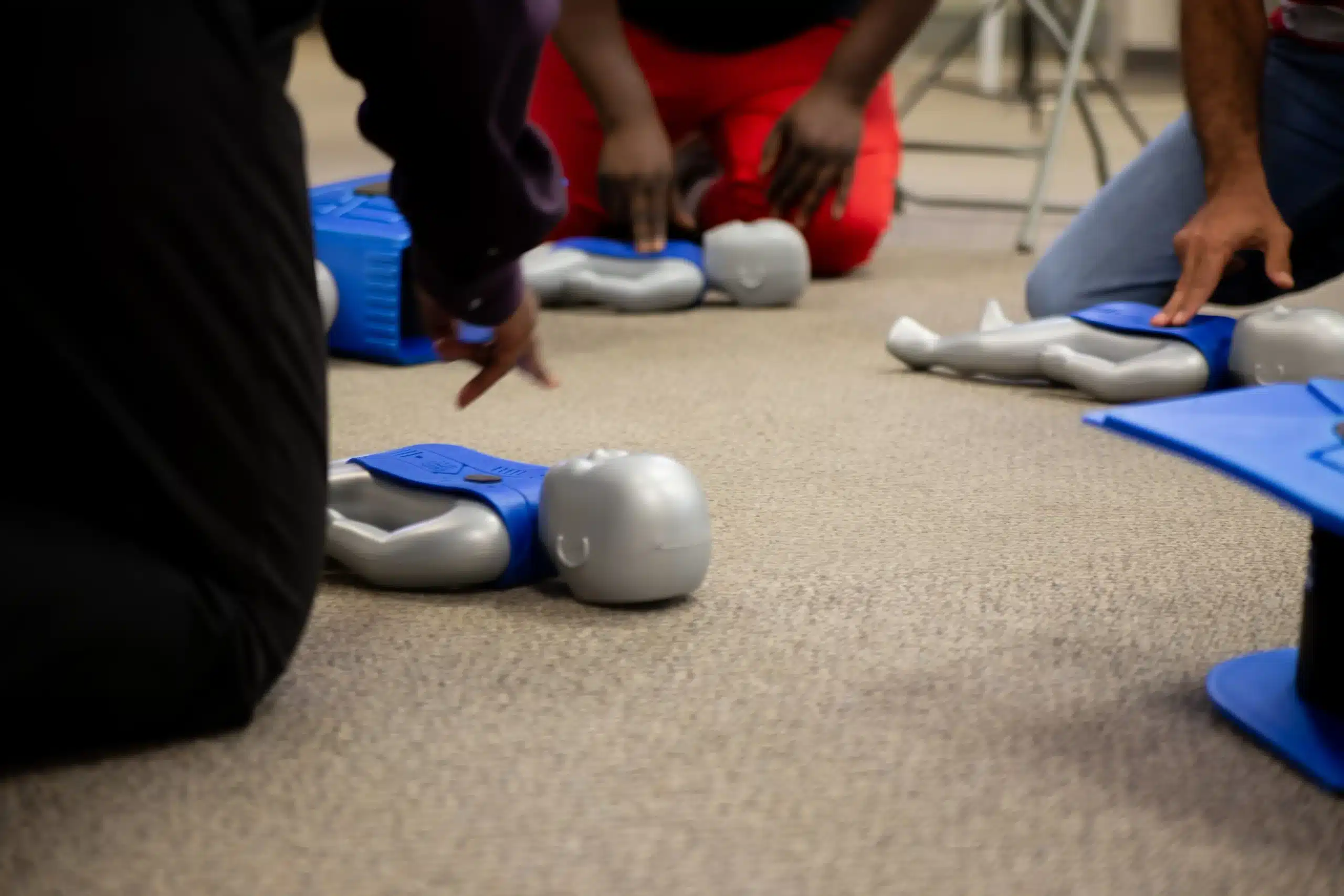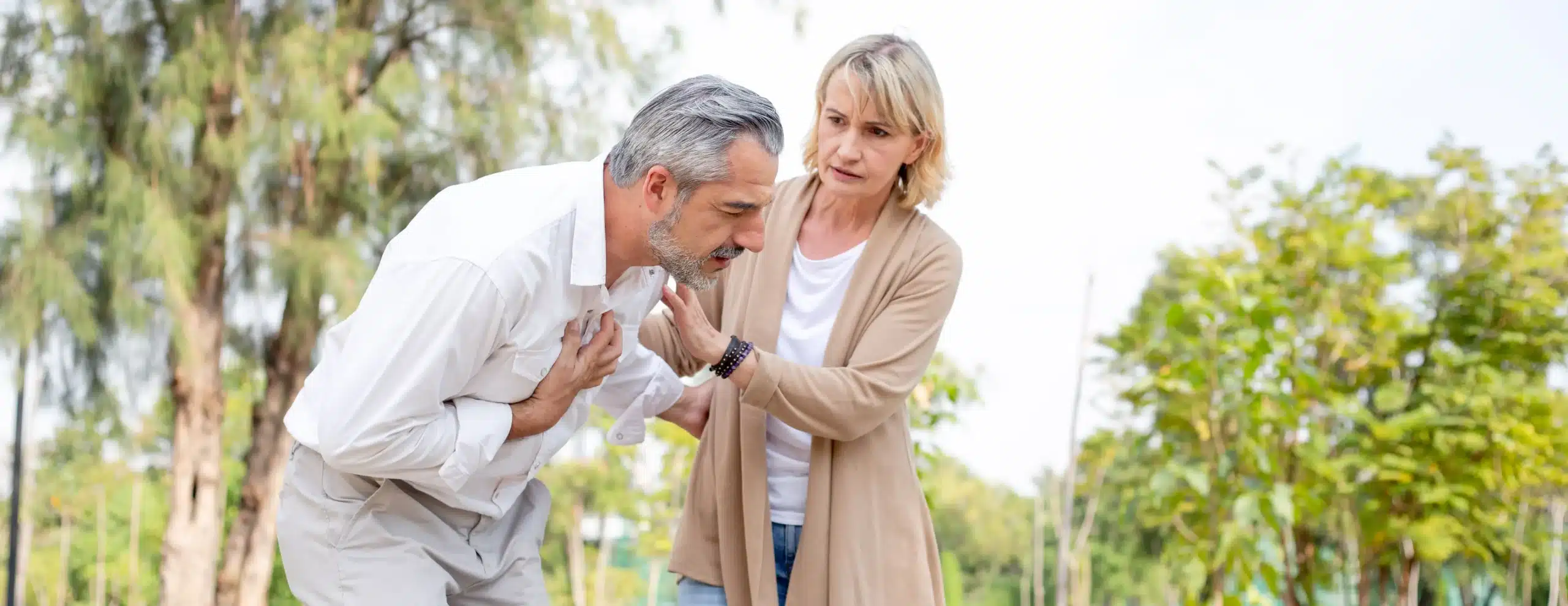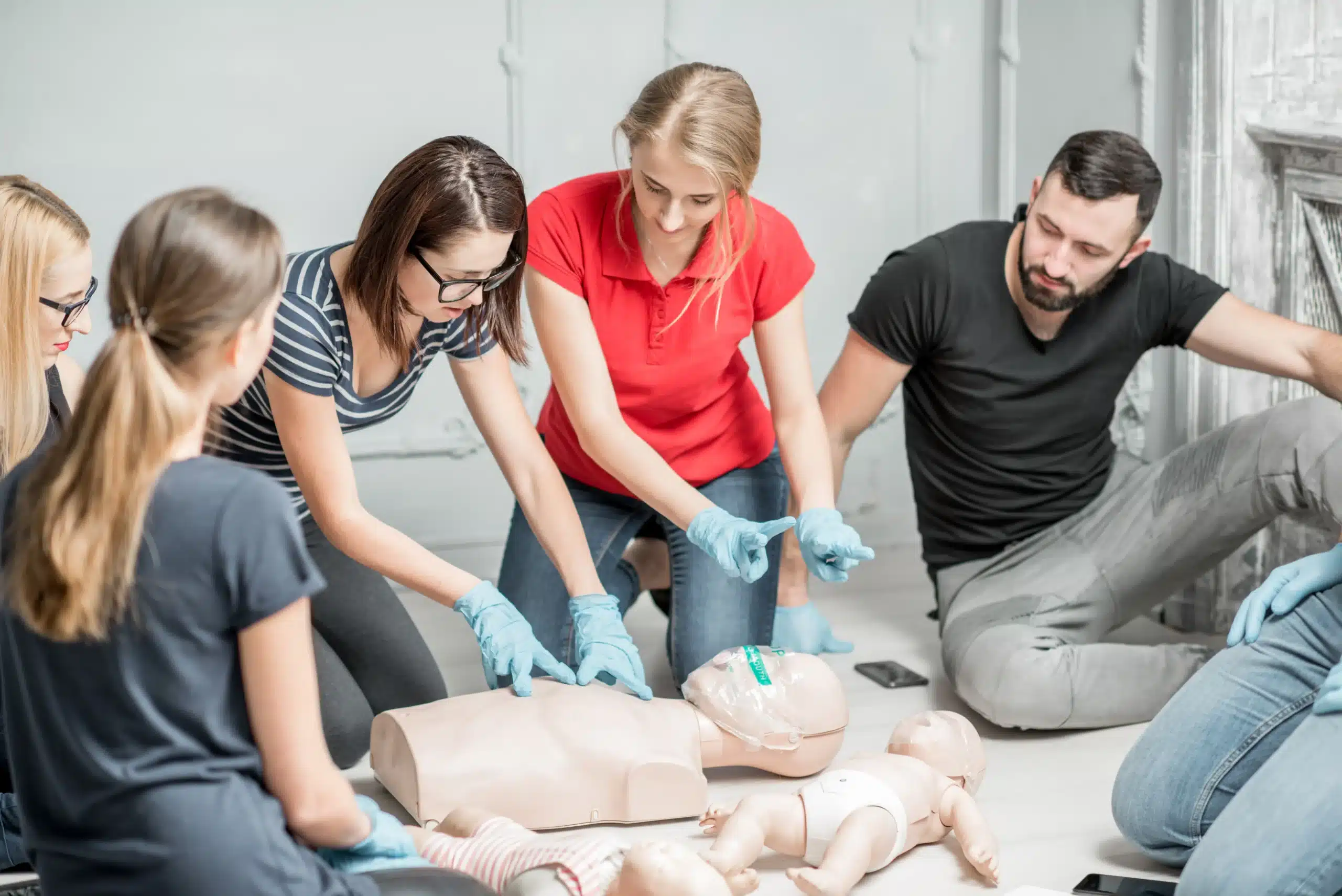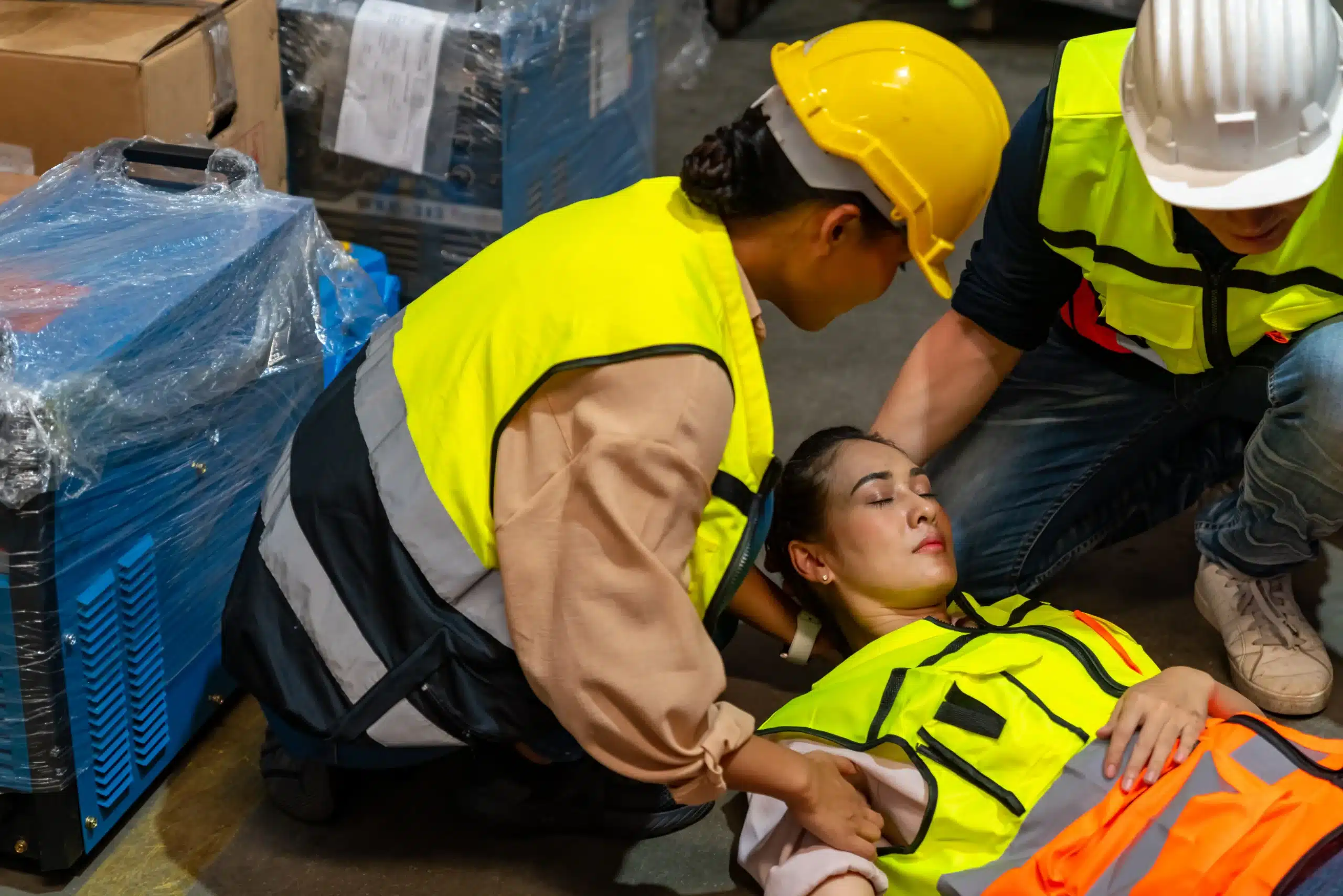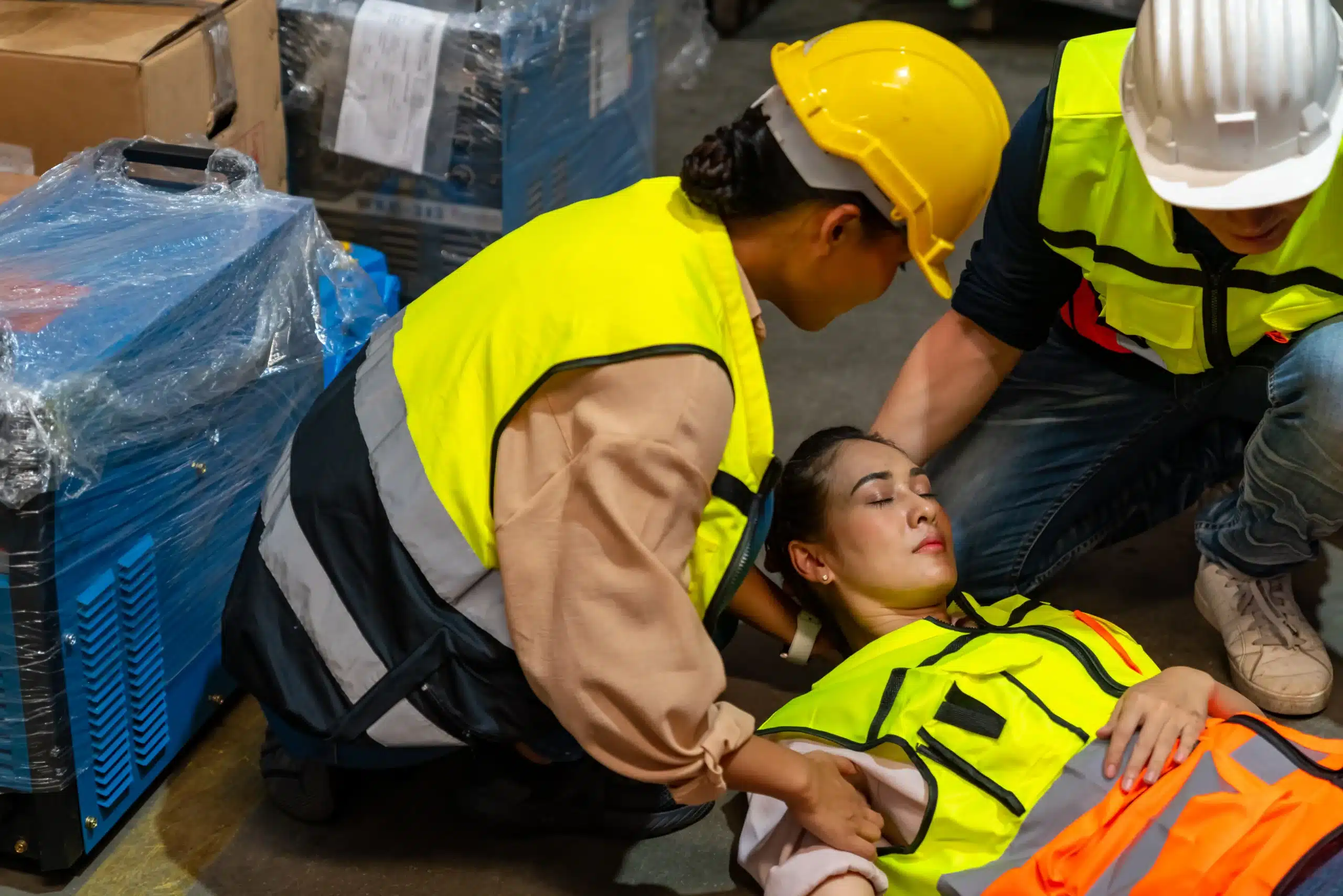Every year, countless lives are at stake due to cardiac emergencies. Often, the first response can make all the difference. Cardiopulmonary Resuscitation (CPR), a critical skill in emergencies, is surrounded by myths and misconceptions. These myths not only confuse but can also hinder effective action when every second counts. In this post, we’ll unravel these common CPR myths, providing clarity and actionable knowledge.
The Reality Behind CPR Necessity
One of the most persistent beliefs is that CPR is rarely needed. The truth? Cardiac arrests can happen anywhere, anytime. Many people think they are unlikely to encounter such a scenario. However, statistics show that cardiac arrest is a leading cause of death worldwide, often occurring outside hospitals.
A quick response with CPR can double or triple survival chances. Yet, fear stemming from misunderstanding keeps bystanders from acting. Knowing CPR’s necessity can empower you to intervene confidently. Imagine a loved one collapsing; wouldn’t you want to be ready?
You Don’t Need to Be a Healthcare Professional
Many assume CPR is solely for doctors and nurses. This myth deters non-medical personnel from learning or performing CPR. In reality, anyone can learn CPR. The technique is designed to be straightforward, enabling people from all walks of life to administer aid.
Community CPR courses are accessible and practical. These sessions demystify the process, equipping attendees with crucial skills. By understanding that CPR is within reach for everyone, we can foster a culture of proactive help.
Compression-Only CPR Is Effective
There’s a common belief that mouth-to-mouth resuscitation is mandatory. While traditional CPR includes rescue breaths, hands-only CPR can be just as effective in many cases. This method focuses on chest compressions, maintaining circulation until professional help arrives.
Chest compressions keep blood and oxygen flowing to vital organs. Studies indicate that compression-only CPR is particularly beneficial for adult cardiac arrests. This approach simplifies the process, encouraging more bystanders to act rather than hesitate.
The Harder, the Better
Some worry about applying chest compressions too firmly. The reality is, effective compressions require significant force. Compressions should be at least 2 inches deep for adults. This depth ensures adequate circulation during an emergency.
There’s a risk of rib fractures, but the priority remains restoring blood flow. Perfect execution is less critical than immediate action. Correcting this misconception can enable rescuers to perform CPR more effectively, potentially saving lives.
You Can’t Hurt a Victim with CPR
Fear of causing harm often stops people from attempting CPR. While it’s true that vigorous compressions can lead to injuries like broken ribs, the alternative is far worse. Without CPR, oxygen deprivation leads quickly to brain damage and death.
Legal protections exist for lay rescuers under Good Samaritan laws. These laws shield individuals who provide emergency assistance from legal repercussions. Understanding these protections can reduce fear, encouraging timely intervention in life-or-death situations.
CPR Success Rates Are Misunderstood
Media portrayals often exaggerate CPR success rates, leading to unrealistic expectations. In reality, CPR alone doesn’t always resuscitate someone. Its primary role is to maintain circulation until advanced medical care is available.
Survival rates vary based on factors like immediate response and access to defibrillation. Every second counts, and while CPR is crucial, it’s part of a larger chain of survival. Recognizing this can help set realistic expectations and focus on the importance of prompt action.
It’s Never Too Late to Start CPR
Another myth is that once someone is unresponsive for a while, it’s too late for CPR. While earlier is always better, starting CPR can still be beneficial. Even after minutes have passed, chest compressions can improve outcomes.
The body can tolerate some oxygen deprivation, especially if bystanders act swiftly. Knowing this can motivate you to start CPR, even if you weren’t present from the moment of collapse. It’s about maximizing the victim’s chances, regardless of timing.
Bystander CPR Isn’t as Effective as Professional Help
Some believe that only trained professionals can deliver effective CPR. While professional intervention is ideal, bystander CPR significantly boosts survival chances. In emergencies, prompt action trumps waiting for medics to arrive.
Bystander intervention bridges the gap between collapse and advanced care. Every minute without CPR reduces survival odds by 10%. Understanding the impact of immediate help can inspire confidence to engage in lifesaving actions.
CPR Training Is Time-Consuming
A common deterrent is the belief that CPR training requires extensive time and effort. In truth, many courses are designed to be concise and efficient. Often, a few hours are enough to gain essential skills.
Refresher courses are available, keeping knowledge current without substantial time investments. By dispelling the myth of arduous training, more individuals might pursue certification. It’s a small commitment with immense potential impact.
Technology Can Substitute Human Intervention
With advances in medical technology, there’s a misconception that devices can replace human CPR efforts. While automated external defibrillators (AEDs) are valuable, they complement rather than replace CPR. Both are integral to the chain of survival.
AEDs analyze heart rhythms and provide shocks if needed, but they don’t provide continuous circulation. Human-administered compressions remain vital. Recognizing the synergy between technology and CPR can ensure comprehensive emergency response.
CPR Is Only for Adults
It’s a myth that CPR is limited to adult victims. Children and infants can also benefit, although techniques differ slightly. Knowing age-appropriate methods can prepare you for diverse emergencies.
Child CPR involves using one hand for compressions, while infant CPR uses two fingers. With proper training, you can adapt techniques effectively for different age groups. This knowledge broadens your ability to respond, enhancing community safety.
The Role of Personal Responsibility
Ultimately, dispelling CPR myths is about fostering personal responsibility. Recognizing the power of swift, informed action can drive wider acceptance and practice. When communities unite in understanding and capability, lives can be better protected.
By educating ourselves and others, we cultivate resilience. Each individual has the potential to make a difference, transforming bystanders into heroes. Accepting this responsibility is the first step toward a safer world.
Conclusion
Debunking these CPR myths reveals the simplicity and importance of this life-saving skill. Understanding the realities empowers individuals to act, rather than hesitate, in emergencies. Whether it’s a loved one or a stranger, your knowledge and courage can be the difference between life and death.
For those eager to learn more, consider enrolling in a community CPR class or exploring online resources. Equip yourself with the skills to confidently respond when it matters most. Together, we can dispel myths and foster a culture of readiness and compassion.
